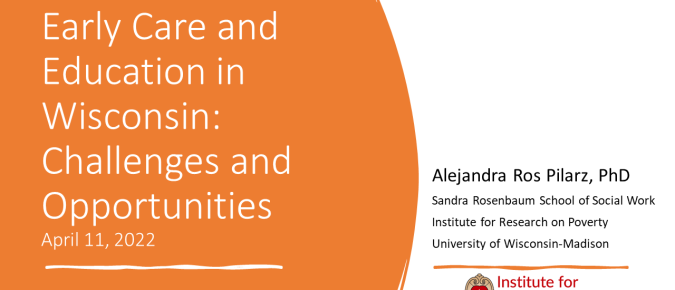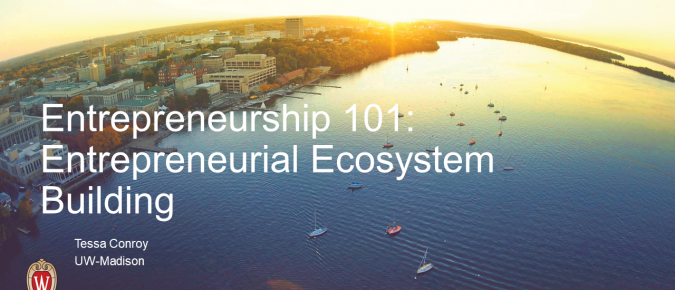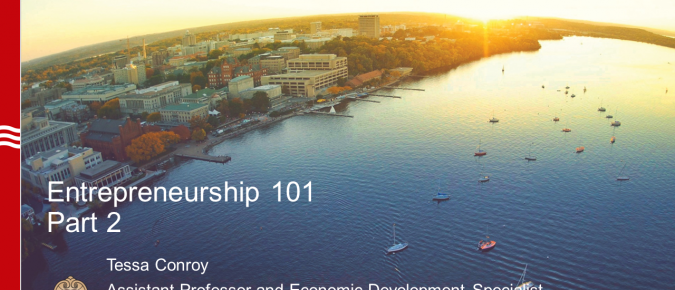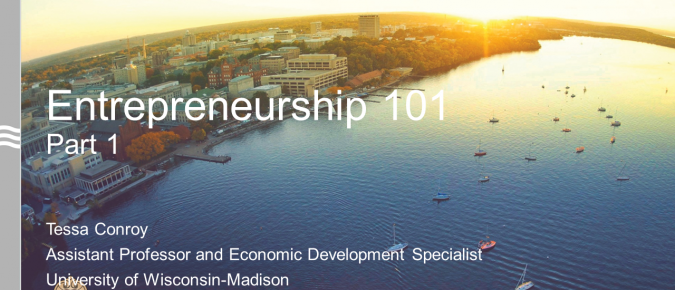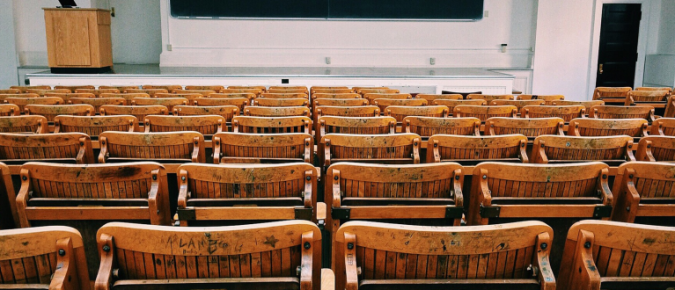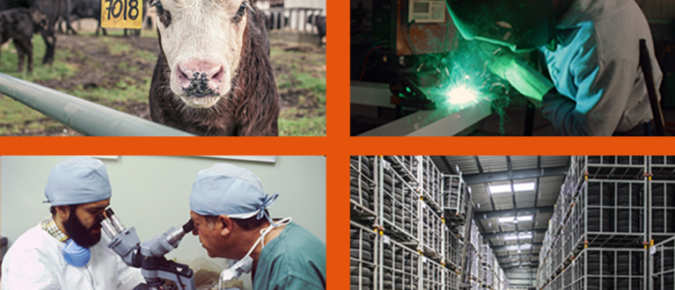One long-held strategy to foster economic growth and development is to recapture tax dollars that flow to higher units of government. Paying taxes to higher units of government, such as the state and/or federal government, is a leakage from the local economy. In a sense, these leakages are akin to a local business buying inputs from vendors outside of the community or local residents shopping outside of the community. While many communities strike to close these leakages by encouraging firms and shoppers to buy locally, such an approach does not apply to state and federal taxes. Rather, communities often strive to have those dollars returned to the community through local state and federal government spending.
Summary April 2022 — Dr. Alejandra Ros Pilarz discusses the early care and education landscape in Wisconsin, how it has changed over the past 15 years, and the implications for children and families. She describes the current state of the early care and education workforce, as well as challenges and opportunities for supporting the workforce […]
Using the latest research and data, the Wisconsin Rural Economic Summit focuses on Wisconsin’s rural economy. The summit includes an overview of the latest economic and demographic trends, an examination of labor force trends, a focus on tech entrepreneurship in rural communities, and discussions on rural healthcare and rural child care. The event ends with a discussion of the 4th wave of economic development and its importance to rural Wisconsin.
Summary August 2021 — In the final session on entrepreneurship, Tessa Conroy, Assistant Professor of Agricultural and Applied Economics at UW–Madison and Community Economic Development Specialist, discusses “how to build an entrepreneurial ecosystem”. Webinar Recording Additional Materials Entrepreneurship 101, Part 3, PowerPoint Explore Our Lunch-n-Learn Series
Summary August 2021 — In part two of a three-part series on entrepreneurship, Tessa Conroy, Assistant Professor of Agricultural and Applied Economics at UW–Madison and Community Economic Development Specialist, discusses the “what” of entrepreneurship in economic development. Webinar Recording Additional Materials Entrepreneurship 101, Part 2, PowerPoint Explore Our Lunch-n-Learn Series
Summary August 2021 — In part one of a three-part series on entrepreneurship, Tessa Conroy, Assistant Professor of Agricultural and Applied Economics at UW–Madison and Community Economic Development Specialist, discusses the “why” of entrepreneurship in economic development. Webinar Recording Additional Materials Entrepreneurship 101, Part 1, PowerPoint Explore Our Lunch-n-Learn Series
Nonemployer establishments, sole proprietorships and partnerships without any paid employees, are an important part of the country’s economy. As of 2018, they made up a large and quickly growing share of businesses in the United States at 77% of the total while the other 23% of establishments were employer businesses [1]. Given that nonemployer establishments are businesses without employees, they are predominantly independent contractors who work for themselves or small businesses operated only by the owner(s) or unpaid members of their family.
Childcare was a challenge for parents before the pandemic and has only become more difficult in recent months. During the pandemic, as much as 60% of childcare providers closed and stopped providing childcare (Bipartisan Policy Center, 2020). While many of those closures were temporary, a recent state-level study estimates that, in absence of additional aid, 30% of the childcare supply in Wisconsin could be permanently lost if providers are closed for more than two weeks without revenue due to COVID-19.
Summary Tessa Conroy discusses the status of child care in Wisconsin and has several guests discuss the strategies that they have seen or contributed to. These guests include: Jessie Small from Total Administrative Services Corporation (TASC) Courtney Berner from the UW Center for Cooperatives (UWCC) Paula Drew from the Wisconsin Early Childhood Association (WECA) Karl […]
The growth in student debt in the United States has become a cause for concern. At the beginning of 2006, student debt, or loans taken out to pursue higher educational opportunities, was approximately $481 billion. By the beginning of 2019, that amount has grown to nearly $1.6 trillion (Figure 1a). While student loan debt remains smaller than consumer credit debt ($4.1 trillion) or mortgage debt ($15.5 trillion), the rate of growth of student debt is alarming.
July 2019 — Patterns of uneven economic growth and development across the U.S. have been well established in the popular press and academic literature. Some states, such as Mississippi, Alabama and New Mexico, continue to experience higher rates of poverty, lower rates of worker productivity, and modest income growth. Other states, such as Arizona, Colorado […]
February 2019 — The relationship between the diversity of a regional economy and economic growth, stability, and resiliency has been at the center of a large academic literature for over 70 years. Drawing on the idea that a diversified portfolio of investments (e.g. stocks, bonds, etc.) can minimize risk and foster sustainable returns (growth) many […]


